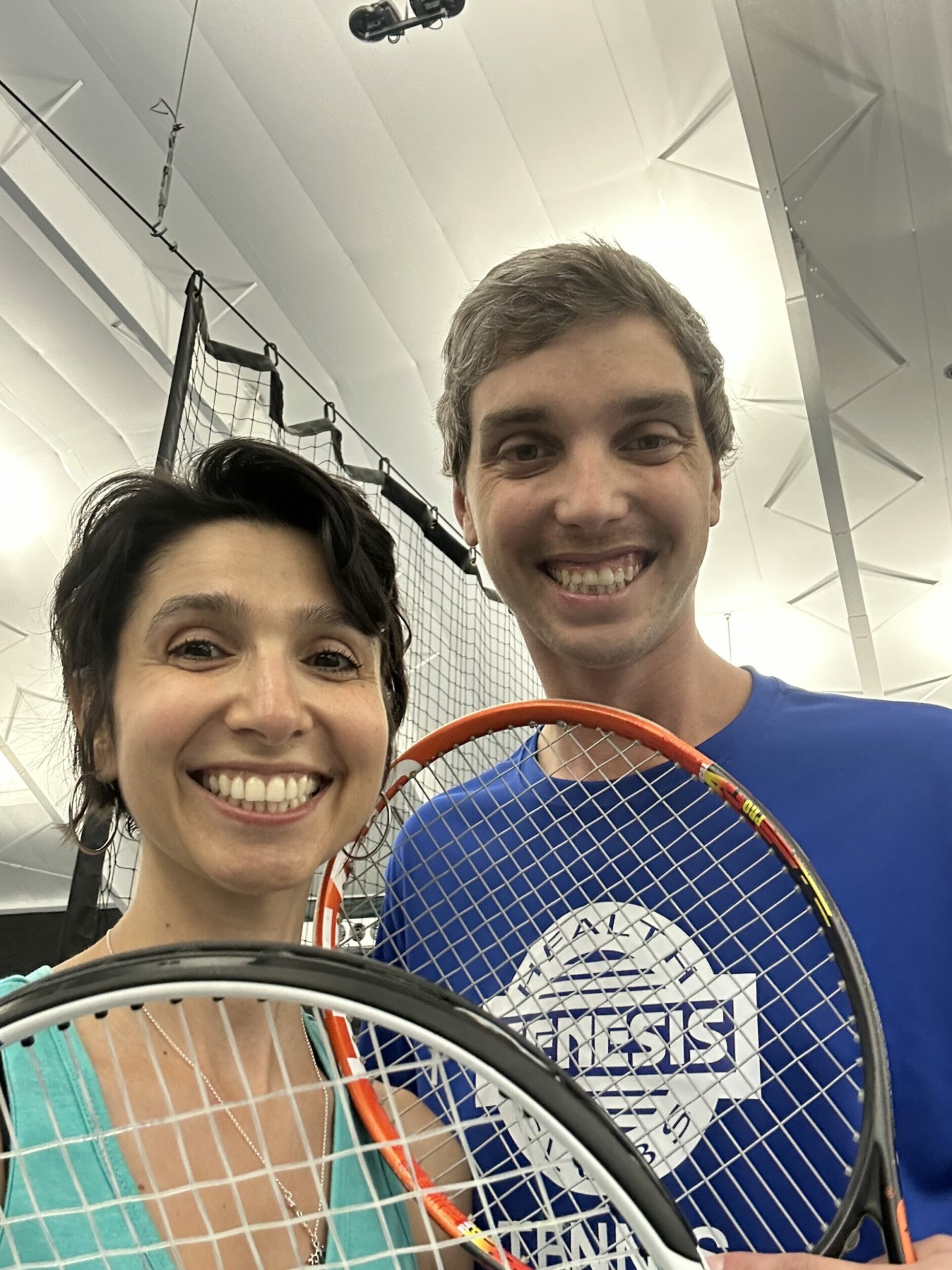If You Want Potential Customers to Be Honest, Ask Open-Ended Questions
Three years ago, I was coaching a successful company that was very confused about the failure of a recent product launch. When I was first hired, they told me they were convinced they had done everything by the book. Before developing the product, the company held five focus groups with potential customers to make sure … Read more






